The reasons for this are the obvious attraction of having that extra reach of 600mm when taking photos of small things (often birds) at a distance at insanely cheap prices, also that they weigh less is an additional bonus. When one can't get closer the appeal of the extra focal length is just hard to dismiss.
Discussion on this has usually revolved around those who have used them making observations (to the negative) while those who have not used them remain in the wishful thinking stage.
Back in the daze of film there were limitations which more or less do not exist today, one such limitation is the issue of "enlargement". If you wanted to make a print (say 8x10) and you wanted things to be magnified even more (or what is called cropping) you simply had to extend the enlarger further away from the paper or use a different enlarging lens which was itself more telephoto (yes it works the same both ways, in camera : in darkroom). This always resulted in contrast losses (among many other losses) and thus a difficulty getting a good print.
Thus, and perhaps I'm hinting at the conclusion already, there was the appeal / need for using a longer lens when you actually wanted a longer lens.
I sorta expected this outcome but I wanted to "get it out of my system", as well as to present the observations in a meaningful and more thorough manner than I've seen. Perhaps it will help others if they can see.
So the main use of such a lens for me is normally birds, like this little guy:
... clearly with bloody small birds more reach is really on the wish list.
quick summary
I've done all this on micro43, which is in my opinion the best system to test this on. Without the ability to use the EVF (I'm using a GH1, but your OMD would be the same) to magnify the image from the sensor to ensure critical accurate focus you will only get worse results than I've got here. Just forget about this whole idea if you are still in the 20th century with Optical view finders on winky dink DSLR sized viewfinder optics - its just not accurate enough.The diameter of the aperture of a 300mm f4 lens (at f4) is exaclty the same as the diameter of a 600mm lens at f8. Thus when cropping the guts out and upscaling the DoF is more or less the same. NB the 300mm does not have a shallower DoF than a cropped into 600mm 300mm.
I find that with respect to the image quality, the optics of the magnification are just not there, might be this lens, but that is not supported by what I see on the web. Essentially magnification can be done by one set of maths or by another set of maths.
- One set of maths is the maths involved in making the optical enlargement.
- The other set of maths is that in the bicubic upscales in software.
Bottom line: get a good quality 300mm f4 refracting lens (you know, the normal ones) and upscale in software as needed.
OK ... enough blabbering show me something
I took these images using my GH1 on a tripod and with a cable release. I picked a fully sunny day to ensure that I could use the best ISO possible for details and used manual control to ensure that my resulting exposures would be consistent and easily dissectable.The differences in the lenses (well the refracting 300mm and the mirror 600mm) are like this:
The weights are:
- Canon = 1.11kg
- Sigma = 767g
The basic exposure facts are that using the 300mm f4 at f4 I can get an exposure of 2000th of a second while with the 600mm f8 at f8 I'll be needing 500th ... that's really a tight number and even assuming a solid tripod bloody small birds are usually twitchy ... and subject movement is not something which any wanky Image Stabilization system is going to help with (see here).
pass me a nail for the coffin on the mirror lens.
So, planning around birds, I worked at 8 meters (to my American readers; you can do the conversions to feet and shoes as I'm too slack to do it) which is about as close as I can (without heaps of prep) get to a good shot of bloody small bird.
300mm f4 @ f4
nice and sharp ... good detail shutter = 1/2000th of a sec
600mm @ f8 (and f8's all you get btw...)
Well the 600mm sure looks like it delivers twice the magnification (who'd a thought) but of course it being f8 we are now at 1/500th of a sec. I can assure you that even while attempting to focus (with my EVF zoomed in of course) I could see the problems with the image softness and the effects of such optical magnification on the DoF). So lets look at the:
FD300mm @ f4 cropped to effectively 600mm
Well shit a brick but that's clearer and sharper even at this size isn't it. (by the way, I spent most of yesterday taking images and re-taking images to confirm I'm not going spakko and making mistakes in focus or whatever).
However the astute will observe that there is some chromatic distortions on the branch that's out of focus over to the left at the back ... its purply on the FD lens while has no such colour casts on the Sigma.
The out of focus areas are showing some "colour fringing" (shit I hate that term) which is essentially caused by the fact that lenses bend light (refraction) and mirrors bounce it (reflection).
Think of the Pink Floyd album "Dark Side of the Moon).
Its a fact of optics, and generally lens makers go to to great effort to fix this issue.
BTW lenses which manage to focus red and violet together are called APO or Apohromatic. Get deep pockets for such lenses in longer focal lengths.
Normally a stop down a wee bit (say f5.6) will fix many such ills...
FD300mm @ f5.6 cropped to effectively 600mm
Even sweeter again. I think its cleared that chromatic aberration up a little bit, but man its REALLY cleared up the image. And we still got a shutter speed of 1/1000th of a second.
So to me at this point, for WWW delivery its clearly better to use the 300mm f4 and crop it. My camera is 4000x3000 pixels, and so one doesn't even need an upscale to do this. Just cropping is plenty.
OK, lets look more closely
Prints (unlike the web) need more pixels, an 8x10 printed to 300dpi will need 3000 pixels in length. Because there is always some bleeding of pixels in prints (and not on screens) I normally pre-view my images at 50% enlargement not the typical pixel peeping 100% ... I figure that if I can't see it at 50% on the screen then I won't see it on the print.
This is what the 50% pixel view of a center portion of the 600 image looks like
Thts's not pretty ... so now lets push the image taken from the 300mm and look at 100% pixels and see what raw materials we get:
300mm @ f4
wow ... totally sharper in the center of the flower, in fact totaly sharper everywhere.
Ok, you didn't have to fuss and fiddle with focus on the 600mm Mirror Lens like I did, so you didn't get to see how the image went in and out of horrible showing just the sorts of distortions seen here on things just out of the focal plane. This may look to some like motion blur, but if you look around at some of the other factors you can see that its not totally consistent with shake (which usually takes a vector).
Cleaning things up optically
Since you (should) know that stopping down a stop covers some evils and reveals a better image from the this lens than its "hot chikz-over-the-bonnet advertising special highly-desireable-fully-open aperture" f2.8 version (which still btw clears up by stopping down). Note, this is of course something you can't do with the Mirror Lens: its f8 and that's all its is babySo the 300mm @ f5.6
well ... that's really an improvement. At f4 its better than the 600 by a margin, but at f5.6 its scorchingly better. So now we have even better raw material available here for a bicubic upscale. This is streets ahead of the 600mm mirror lens and we've still got a shutter speed that's twice as fast as the 600mm (in case our bird twitches ... and you know he want's to)
Hand me another nail for the 600mm mirror lens coffin will you please?
The actual upscale
Ok, lets get our pixel-peeping gum boots on and dig around in the dirt for a bit for those who aren't already convince or have a few "what if you .." questions.First, lets just do that upscale and see (600mm on top, upscaled 300mm on bottom):
Far less detail in the center of the flower ...well everywhere really.
So then with our pixel peeping gum boots already on viewing at 100% (same image order as above)
I see texture in the flower petals on the upscaled 300mm f5.6, but not on the 600mm
hmmm ... another nail for the mirror lens coffin it seems.
Then someone may ask "well what if you used ISO to increase the shutter speed on the 600mm capture, that could be vibration blur". Personally I already see enough fine detail in the red parts of the flower petal to make it obvious to me that there is no camera shake ... but what the hell, its a fair question, so here it is:
another nail please ... and can you get the nail bucket while you're there please?
Of course with the increase in ISO (to get that speed) what happens to details? Well lets step back to 50% and have a look at the RED channel noise.
Oh dear ... more noise and (of course) an erosion of detail caused by the increase in ISO (well of course).
So what you speed may pick up with increase in ISO (to equal the shutter speed of the faster 300) you'll loose even more detail than you're already loosing anyway.
Another nail ...
Costs:
Bang for buck is an important consideration too. I paid US$120 (or something like that) for my FD300f4, and I paid US$120 for my Sigma 600mm f8 ... so the costs are about equal.Olympus also makes a lovely 300mm f4.5 lens which I have owned and found it equal to the FD300, its also around for about the same money (between US$200 and US$120). I have a comparison of the only differences worth mentioning between those two lenses here.
You got the bucket of nails didn't you? Cos I think we're about done here and can hammer the lid closed.
Conclusion
Perhaps back in the daze of film when attempting to do optically what we now can do digitally (different maths path for the same objective) there was a better case for the 600mm catadioptric. Especially given that a 600mm reflecting lens is and was huge and expensive. To me nowadays there is really no advantage in the mirror 600mm over the refracting 300mm f4.
Sure the Sigma is a bit smaller but since you'll definitely need a tripod using it the minor weight advantage evaporates quickly. Remember that for us with micro4/3 a 300mm is effectively a 600mm for the full frame guys, which means we are already pushing the limits of the optics (more so with legacy optics). So having an effective (to full frame) 1200mm lens is really amazing stuff.
However the ability to now do upscales in photoshop means that I can use my 300mm and make it effectively a 600mm and gain many of its other benefits such as having an aperture to stop down and alter the image appearance as well as the 2 stop faster aperture it has.
In summary the Coffin Nails were:
- such a lack of sharpness even its extra length does not cover its arse
- slower shutter speed (leading to potential subject movement blur) applying sufficient ISO to solve the 2 stop loss of light erodes detail more
- minor weight advantage lost when you need to use a tripod (or attempt to handhold and lose even more)
To me a prime lens is all about having the maximum image quality without compromise. As I've just shown in the digital age the catadioptric (mirror) lenses are a prime lens which in my view is past its prime. Perhaps there may be some newer lenses which will be better than this, perhaps the Canon or Olympus brand catadioptric lenses do better ... if you have one why not contact me and or write it up your self.
What I have not discussed here is the handling of the lens and the difficulty in focusing with the lens not on a tripod. Personally I've been able to hand hold and get good shots with my FD300 (and my OM300) - even bearing such upscales as here. Clearly my hand holding technique is adequate.
(sidebar: manynewbiesexperienced photographers on the internet say they can't focus and hand hold because the image jumps all over the place. The answer to their question is this "Yes, it is you. Yes, you do need to work on your technique. You can learn to observe the target in the image and not be seeing the frame. No you can't hand hold a 300mm tele and focus off the back of the screen like a girl with an iPhone. Yes you can learn it if you put a little effort into it and adjust your technique)
So, now you can tick mirror lenses off your list :-)
Lastly some shots with my FD300mm, which I am somehow more happy with after doing this. In the main the images below are hand held (or monopod).
Young Kookaburra (just out of the nest)
Woodpecker in Finland
Ducklings (Telkka)
Tawny Frogmouth
Plovers with a newly hatched chick

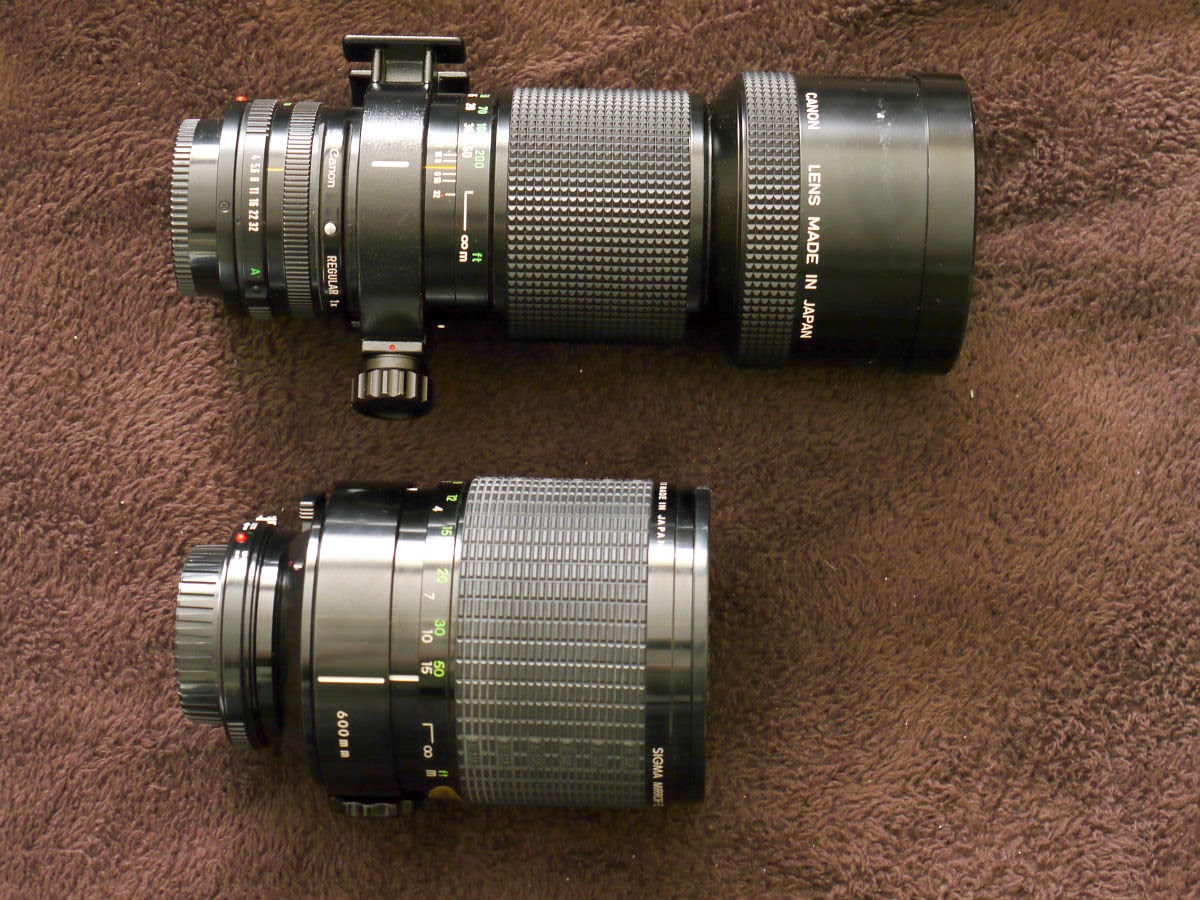



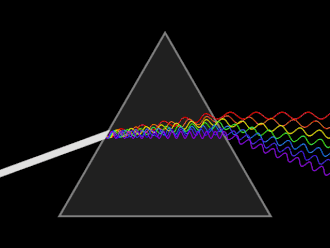








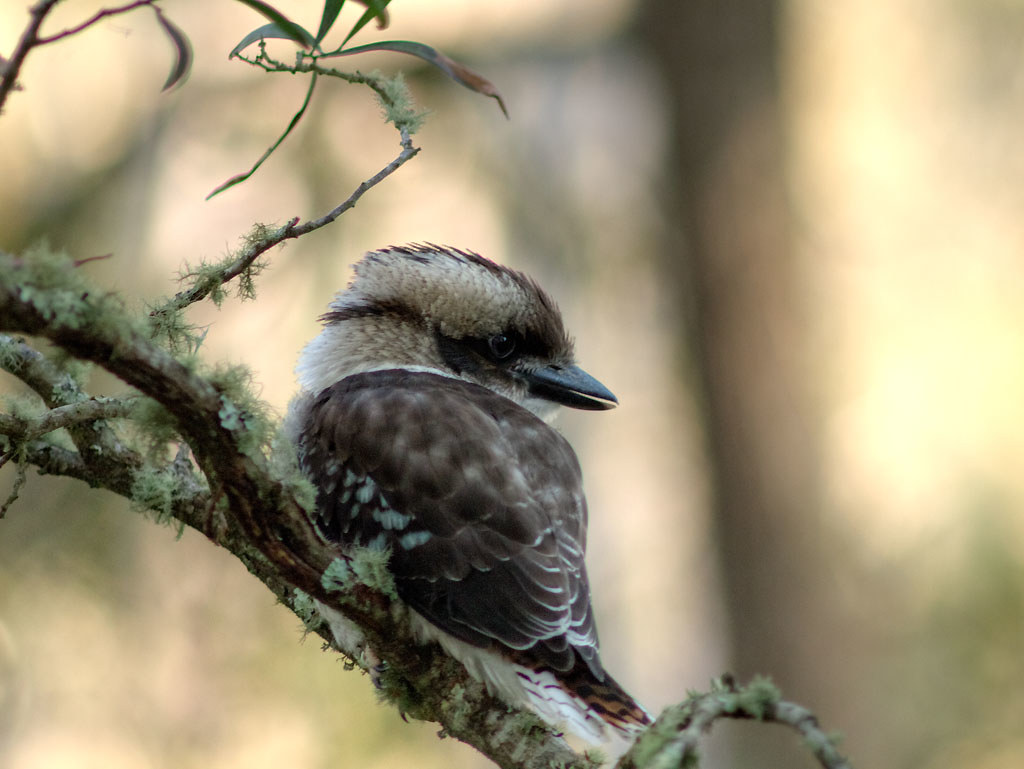
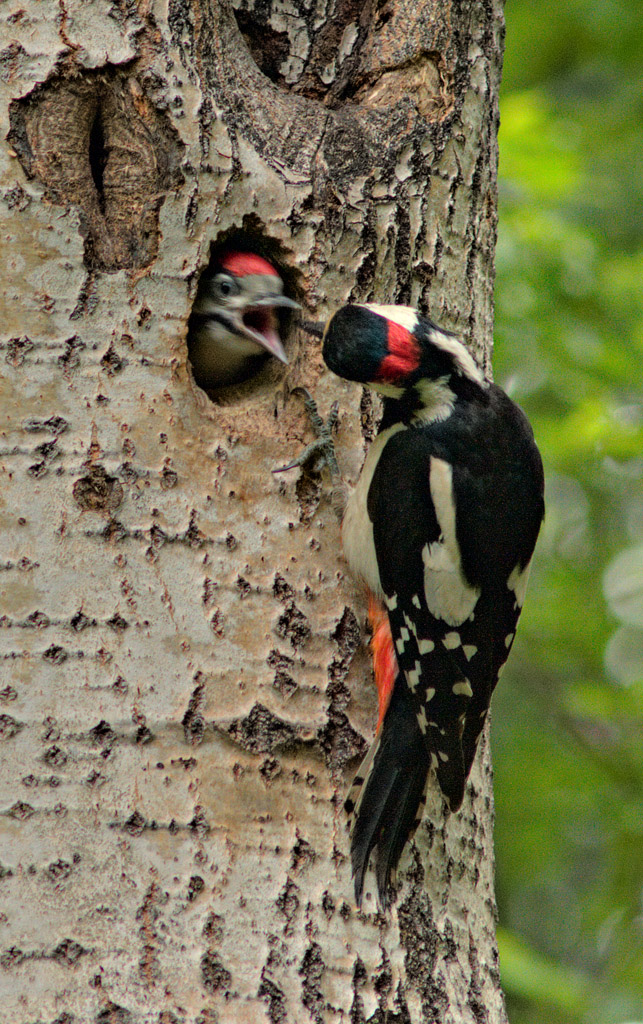
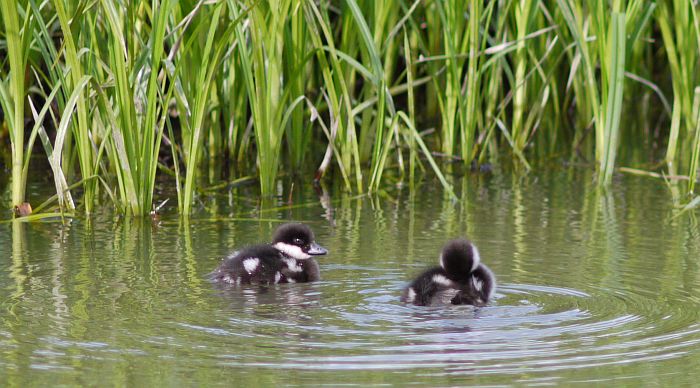
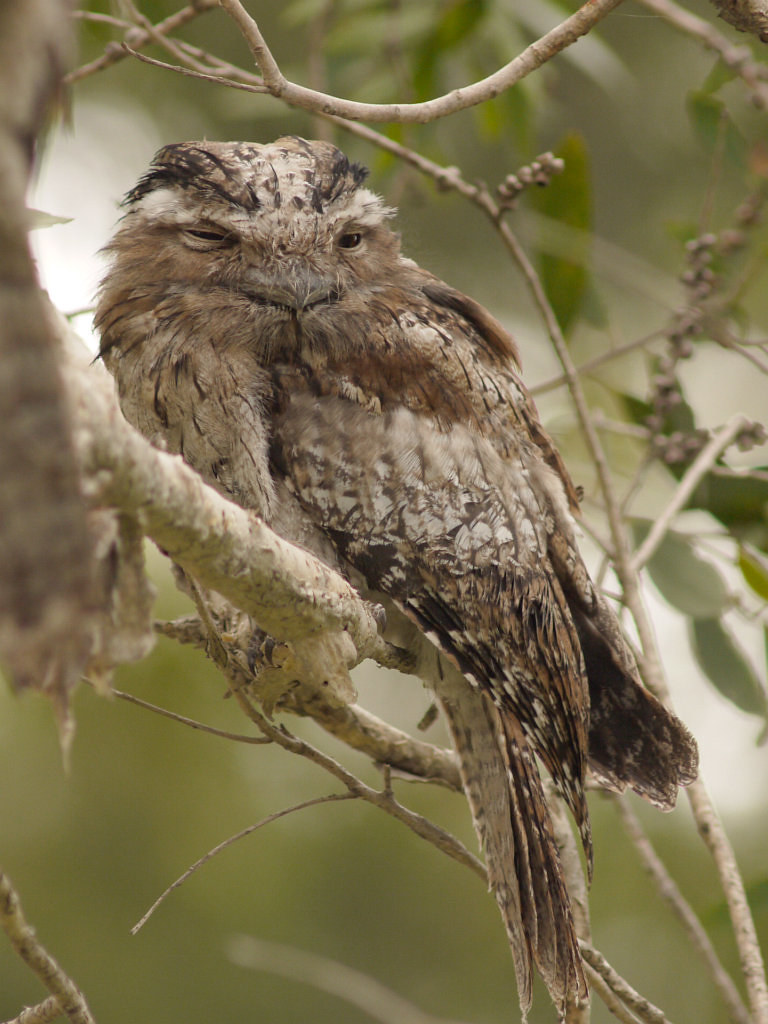












3 comments:
Thera are lenses, and there are lenses…
Indicting all mirror lenses based on the performance of the Sigma 600/8 (which one mirror lens review called "junk") is hardly any more fair than it would be to condemn all refracting lenses based on the infamous Spiratone 500/8 of years gone by. (I can assure you, a 500mm lens that cost $59.95 years ago — and can be had in yard sales for $10 today — is no better than a cheap mirror that costs $120 today.)
I have had great results with the Olympus OM Zuiko 500mm ƒ8 Reflex, which is also rated among the top mirror by various reviewers, and was wondering if you had any experience with that lens. It is quite sharp, but for film use, it suffered from lower contrast than you would get from most refractors. But for digital, contrast adjustments are dead simple these days, and I find I can get equal results from the 500/8 as with the Olympus OM Zuiko 300mm ƒ4.5 that you mention, and even similar to results from the Olympus OM Zuiko 600mm ƒ6.5.
Along with the Zuiko, the Nikon, Minolta, and Zeiss mirror lenses all receive outstanding reviews. But you won't get any of them for the price of the Sigma.
Add to this the size and weight advantage of mirrors, and I find the Zuiko 500/8 has a prominent place in my bag. With the excellent IBIS found in the OM-D lines, it is eminently hand-holdable, to the point that I use it as a "stabilized spotting scope" for identifying ships at sea. But the Zuiko will set you back at least double or triple what the Sigma fetches on evilBay — for good reason!
But I do agree in general; have had numerous disappointments with other mirror lenses, and would have to agree with you for the majority of them.
Hi Jan
I suspect that you have something invested in this, while I started with higher hopes. I've tested quite a few mirror lenses and was always disappointed. I believe there is some sample variation but at the end of the day have never (ever, not once) seen a mirror lens that was the equal of a good optical lens. Were they so we would still see them made by the majors right now.
Do you see any in the line up? Why would that be? Conspiracy?
I encourage you to follow a proper scientific approach and just do as I've done, a proper side by side comparison to the best of your ability. I'll be very interested to see your results and if you make a blog post I'll link it in here as a PS from you (not just in the comments, but I'll update that post above with a PS.
I look forward to eating crow on this because the appeal of a mirror lens is still there: high magnification in a compact package. The negatives though are still undeniable. Slow aperture f8 will mean higher ISO which will rob an image of details, lack of stability will rob an image of detail, lack of accurate focus will rob an image of detail. This last point is a real killer as I've never used a mirror lens which had a long throw of the focusing ring that would allow as subtle adjustment of focus as any high quality optical telephoto.
Best Wishes
"I suspect that you have something invested in this, while I started with higher hopes."
Well, yea! I had the OMZ 500/8, sold it, missed it, bought another!
"I encourage you to follow a proper scientific approach…"
Been there, done that, multiple times, and have the NTSC charts to show for it.
I can say that it handily out-performs the OMZ 300/4.5 and is a draw with the OMZ 600/6.5. Here is a comparison of five refractors and four mirrors I did years ago. The OMZ 600/6.5 and OMZ 500/8 came out on top. The non-Olympus mirrors wore dismal.
Of course, refractors have certain benefits, such as adjustable aperture, and certain liabilities, such as limited hand-holdability and luggability.
The OMZ 500/8 does fit very nicely in my LowePro bum bag, whereas even the 300/4.5 would require its own bag. So the 500/8 gets used a lot more!
Here is a shot with the Kipon BavEyes Ultra focal reducer. No sharpening. The only post-processing was pressing the "Auto Contrast" button in ON1 RAW, which I often do with almost any lens.
Post a Comment